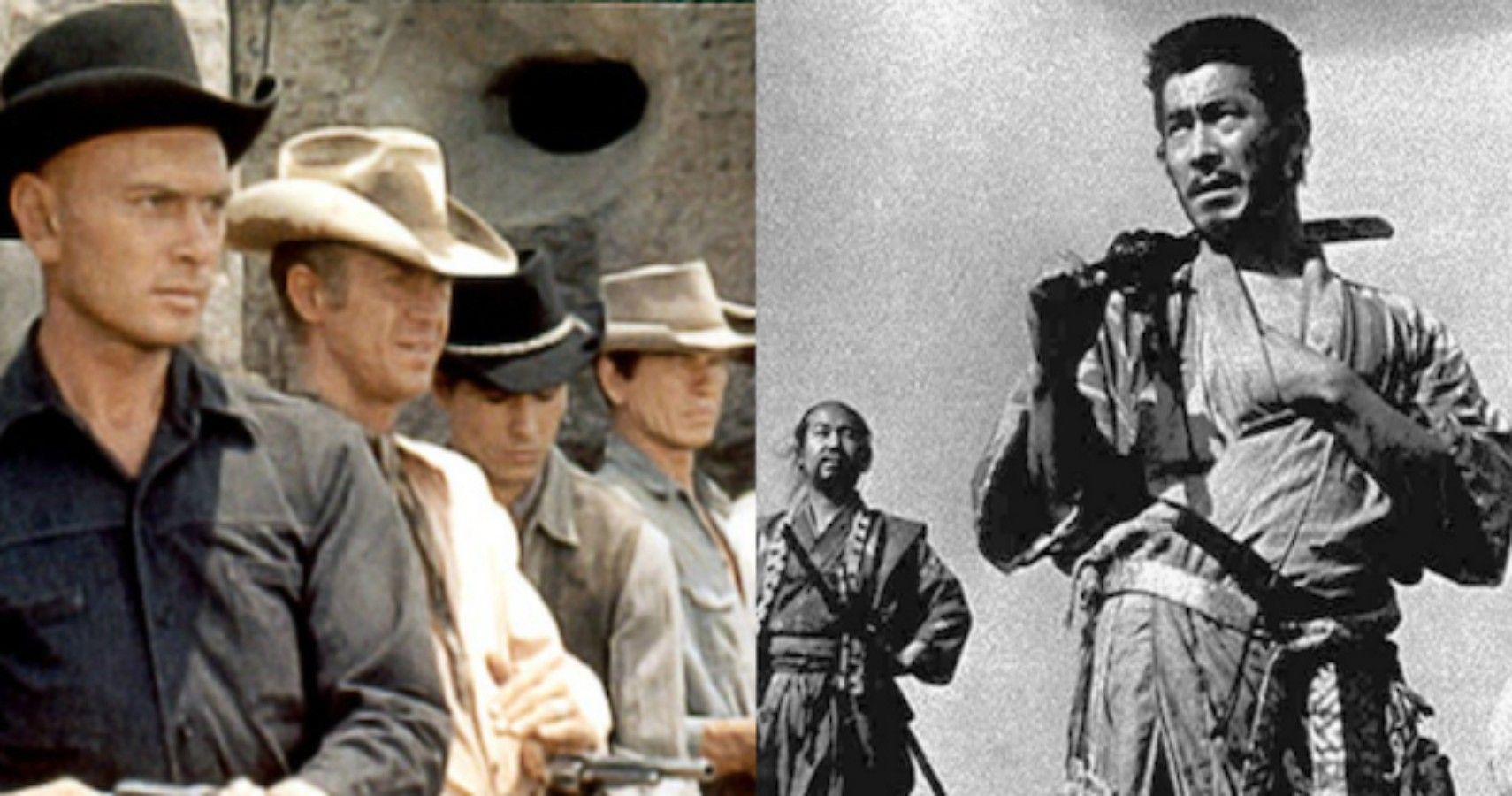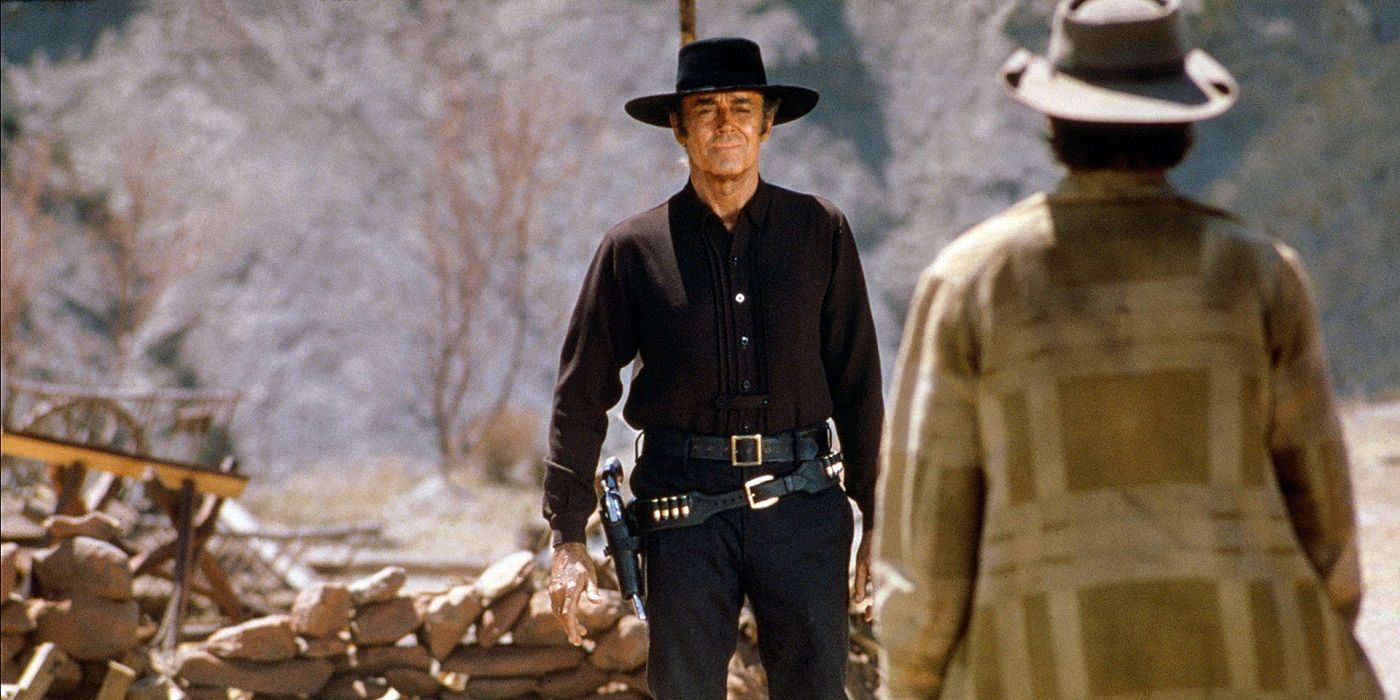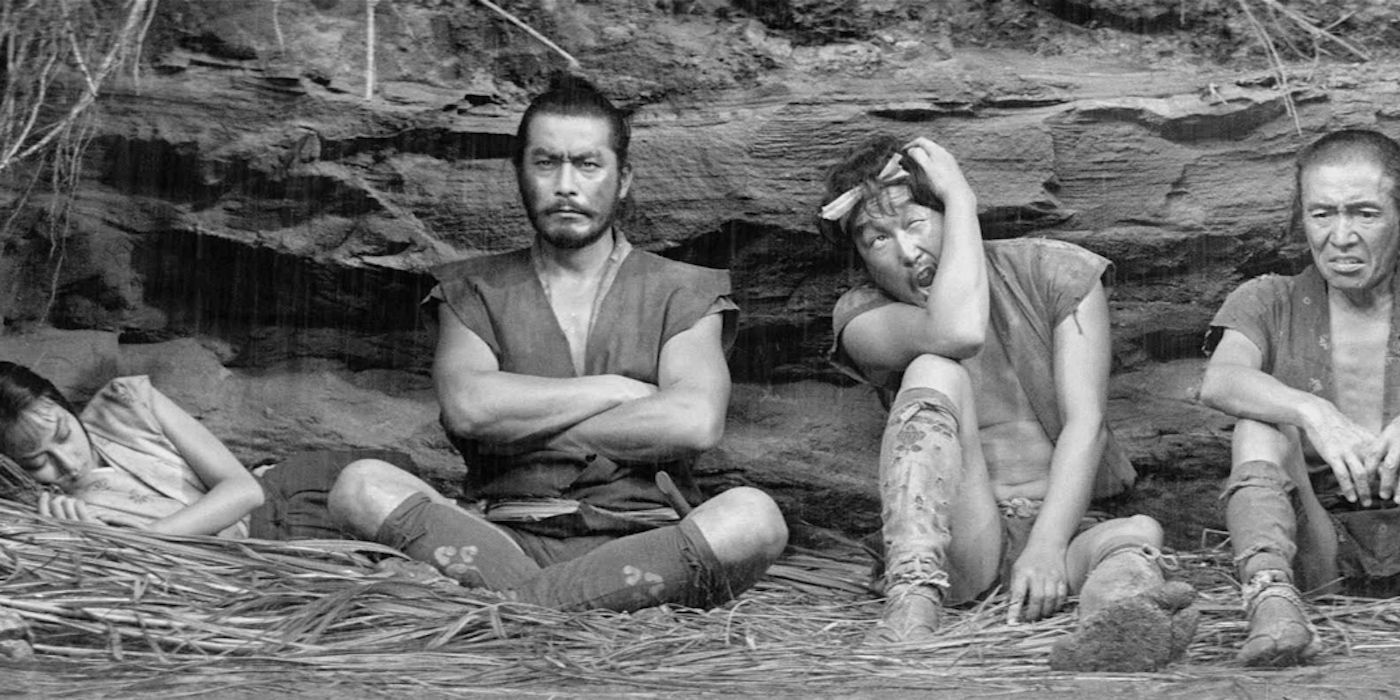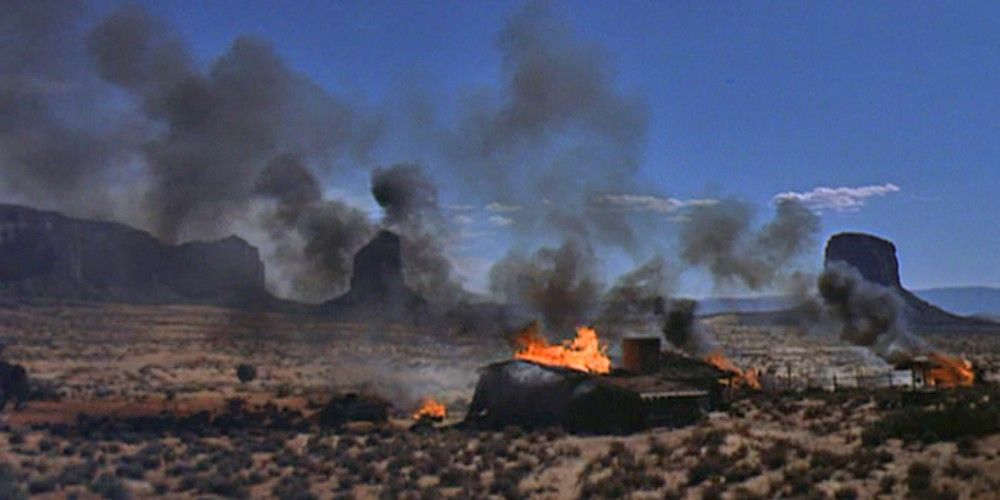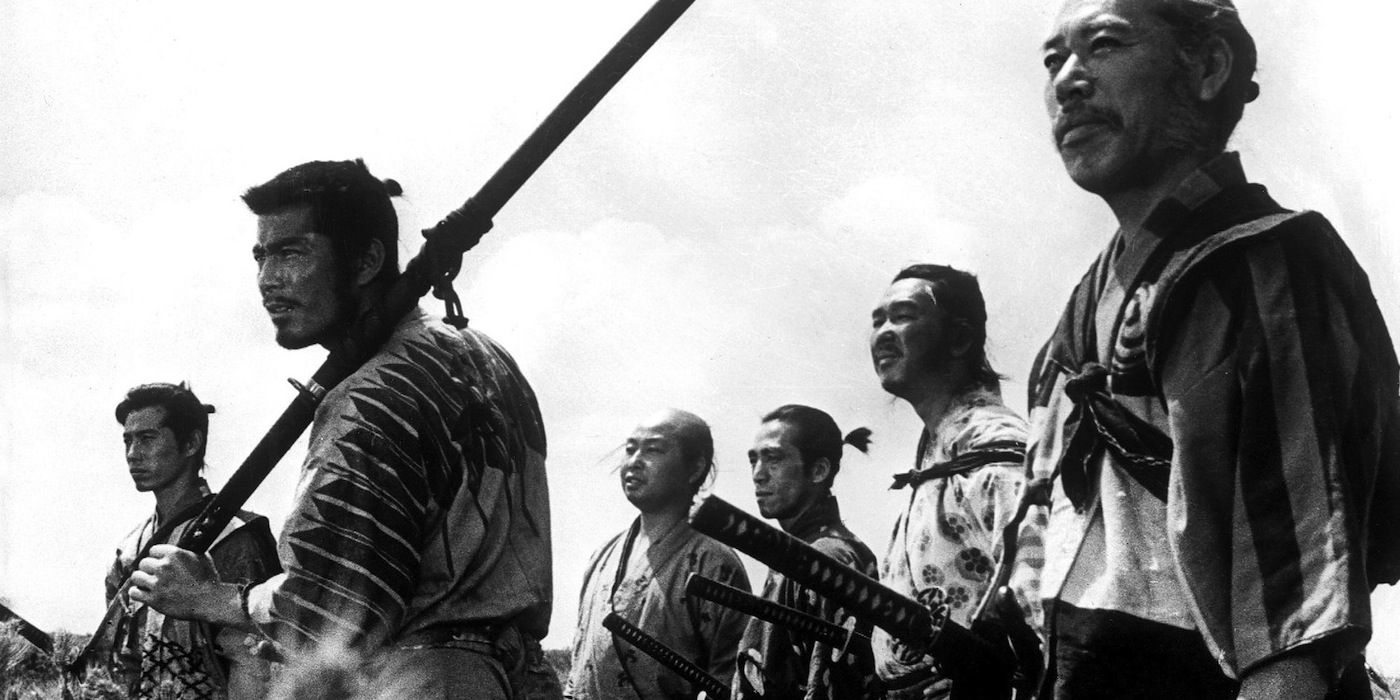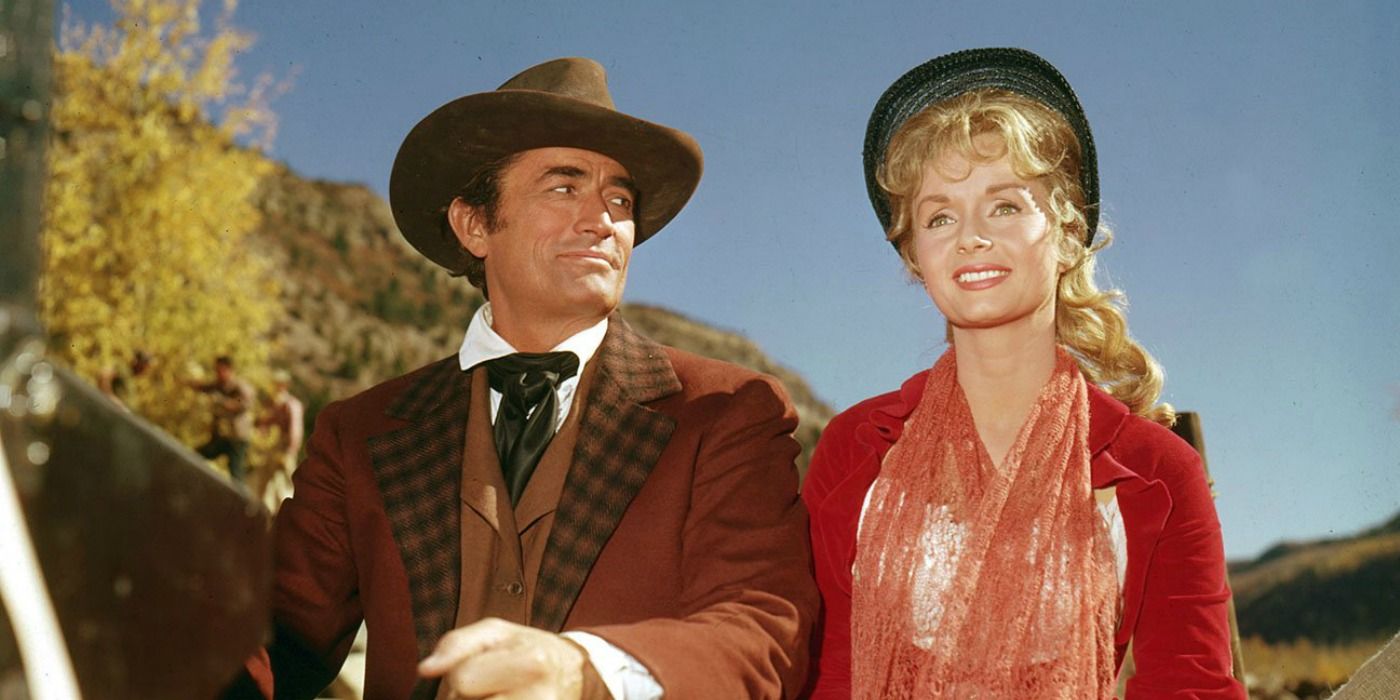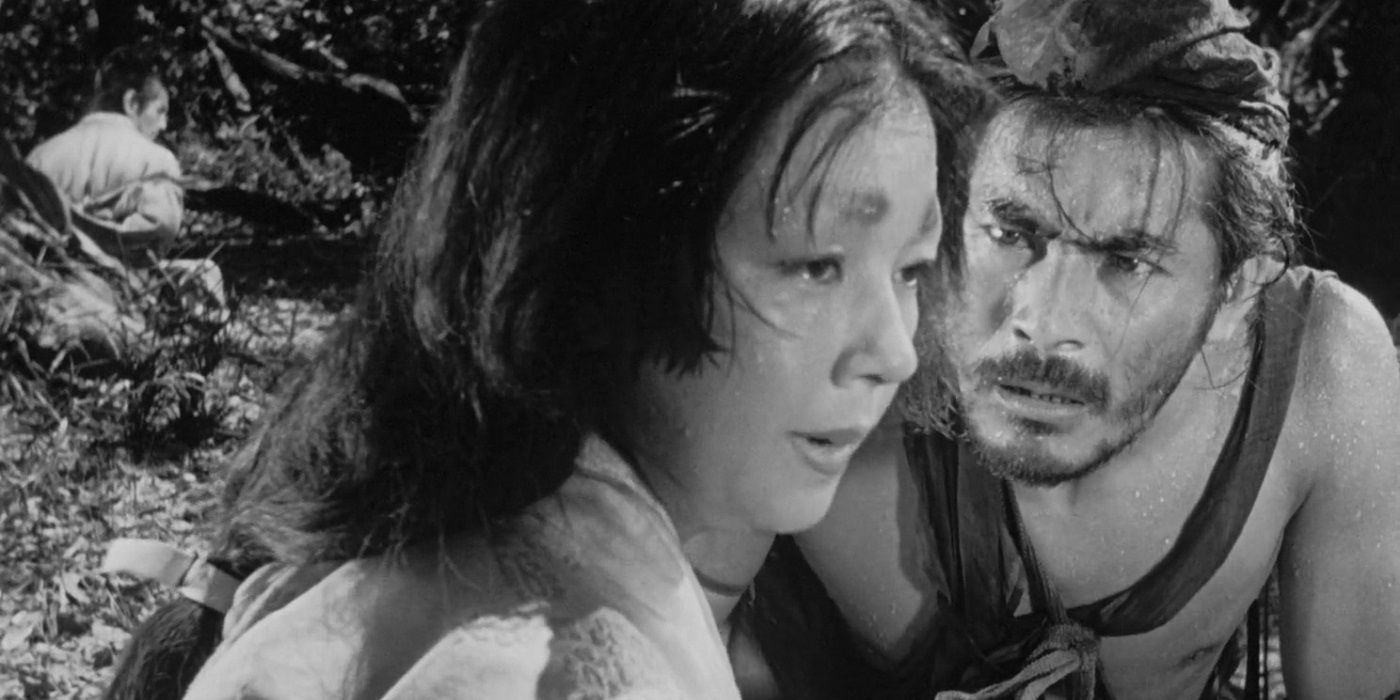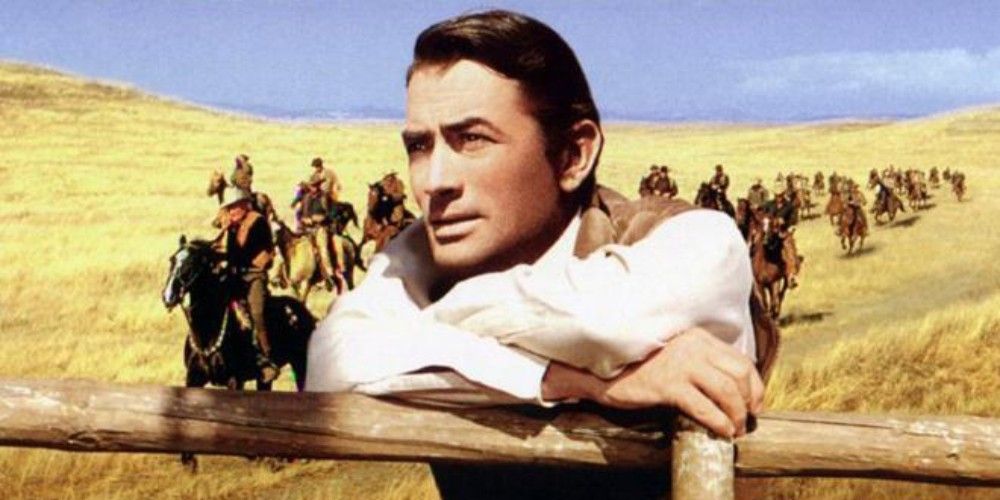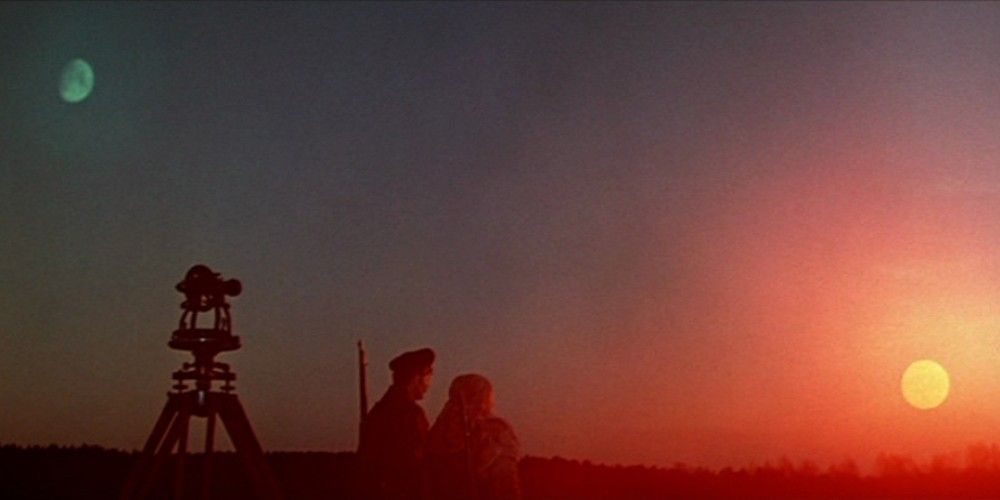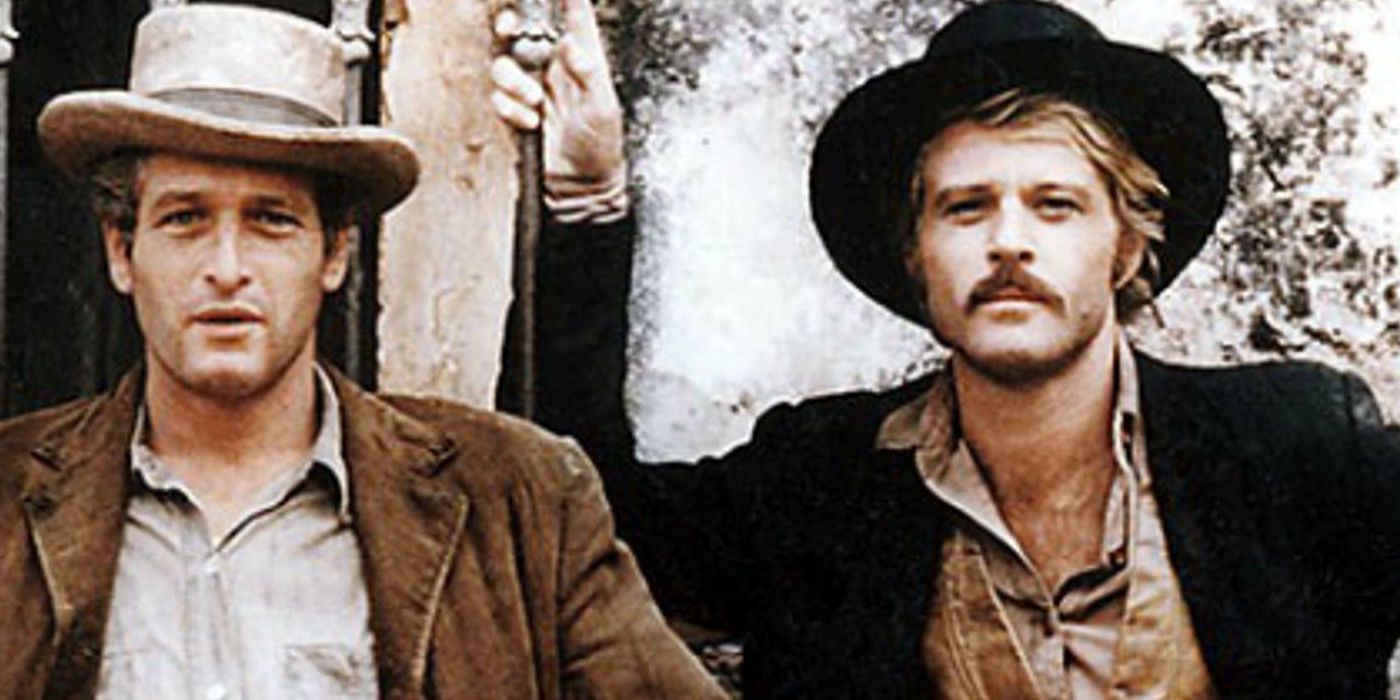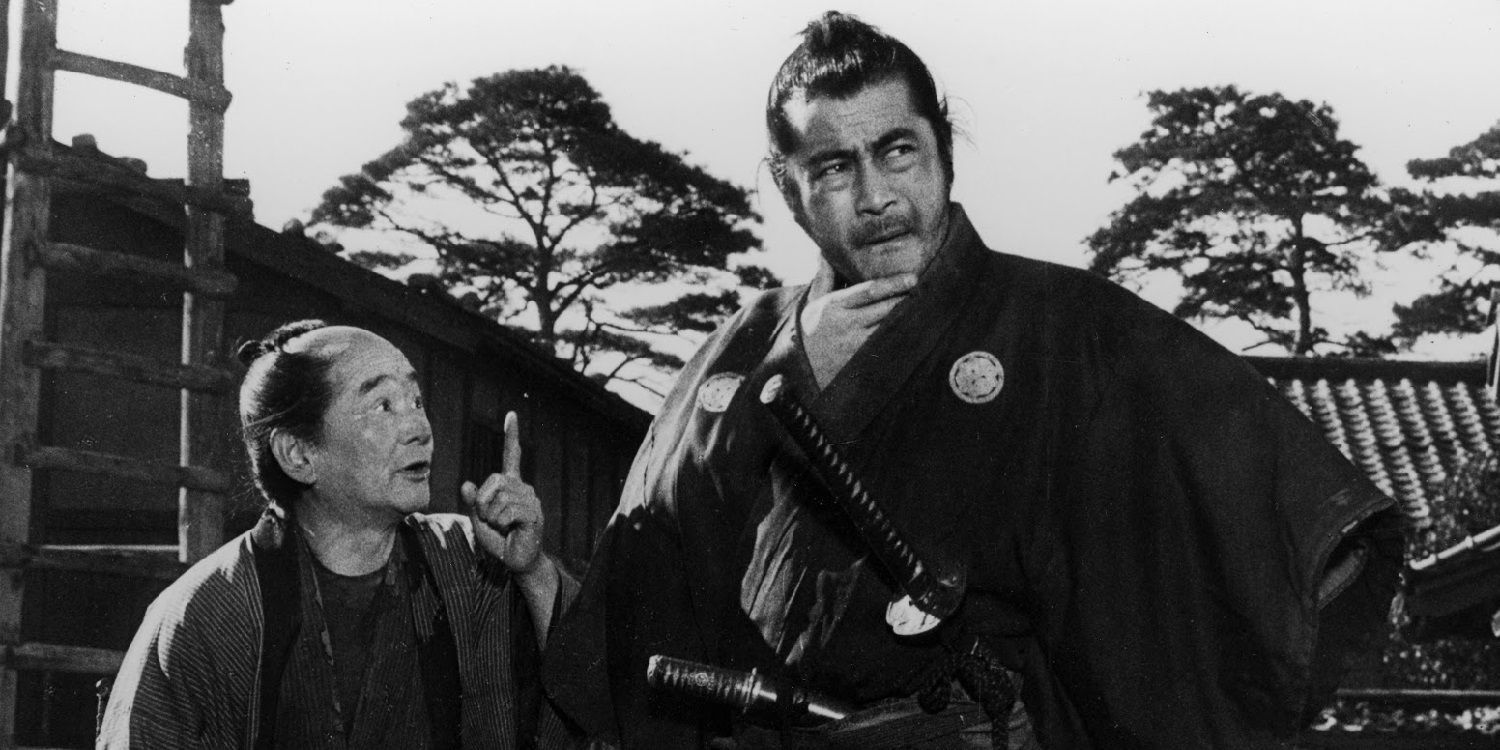Throughout the Star Wars franchise, a salient blend of Western and Eastern influences has combined to create a science fiction epic that contains both mysticism, morality, and a strong sense of honor. George Lucas owes much of the themes of his Skywalker saga to both Western and Samurai films, two distinct genres which include vivid cinematography, powerful imagery, and clearly defined factions of right and wrong.
Filmmakers like J.J. Abrams, Rian Johnson, Jon Favreau, and others have taken Lucas' lead and included elements of both Western and samurai films in their additions to a galaxy far, far away. From the Disney sequel trilogy to The Mandalorian, the influence of the two genres can be seen everywhere. Here are five Western and five samurai films that inspired the franchise.
ONCE UPON A TIME IN THE WEST
Despite only making nine films, Sergio Leone was the authority on the Spaghetti Western, a reputation he gained crafting his Fistful Trilogy, which included The Good, The Bad, and The Ugly (another of Lucas' influence). His post-trilogy film, Once Upon a Time in the West was perhaps the biggest influence Leone had.
The film centered on a tyrannical rail baron who endeavored to drive a landowners from real estate he desired to take for his new railroad. To accomplish this task he sent in Frank (Henry Fonda), "the man in black," his intimidating enforcer whose first appearance is said to have influenced Darth Vader.
THE HIDDEN FORTRESS
There are several components that George Lucas took from Kurosawa's The Hidden Fortress, notably his use of powerful imagery and camera techniques to isolate characters. The two panicked peasants in the very beginning of the film echo the droids C-3PO and R2-D2 in Star Wars, and in fact, the focus of characters in frames dwarfed by the circumstances of their surroundings is a pervasive theme throughout the franchise.
Hidden Fortress' plot features two peasants who happen upon a man and woman hiding out in a fortress, whom they mistake for others caught in the cross-hairs of a tribal war like themselves. The man is really a famous general (much like Obi-Wan Kenobi, once a general in the Clone Wars), and the woman is secretly a princess. The peasants must protect them and conceal their identities as enemies close in on their position.
THE SEARCHERS
Any part of the Skywalker Saga that focused on Tatooine can't help but borrow from the John Ford masterpiece The Searchers, featuring sprawling desert land and rust-colored bluffs. The film focuses on John Wayne's retired soldier, now a homesteader drawn into conflict when his family is kidnapped by Comanche raiders, and their homestead burned.
Luke Skywalker's burning homestead was a shot taken directly from The Searchers, and later, when his father Anakin is stalking a group of Tusken Raiders who kidnapped his mother, he apes the same shots of Ethan Edwards (Wayne) as he proceeds deep into Comanche territory to retrieve his missing niece.
SEVEN SAMURAI
The Kurosawa film that "hooked" George Lucas on the Kurosawa cinematic style (and remains his favorite), Seven Samurai is a story that has been told many times since it premiered in 1954. It focuses on a once renowned samurai approached by farmers hoping to enlist his services to protect their village from invaders.
Because he cannot help them alone, he collects six more swordsman to help, and the seven samurai train the villagers to protect themselves against the bandits, who attack in a climactic battle at the end. Lucas used this "few versus many" dynamic throughout the Star Wars franchise to represent the Rebel Alliance fighting the Evil Empire, and Jon Favreau patterned Episode 4 of The Mandalorian after the exact plot.
HOW THE WEST WAS WON
This truly epic Western featuring dozens of stars from the Golden Age of Hollywood focuses specifically on the Prescott family as they make their way from one side of the United States to the other. From the 1830s until the 1880s, roughly the same amount of time as the first six Star Wars films, the family encounters triumphs and tragedies as they work to achieve their goal of manifest destiny.
The Skywalker saga is at its heart a familial drama about a clan's destiny (be it the Skywalkers, the Palpatines, or others) to be the cause of, and intertwined with, some of the most important events in a galaxy far, far away. The friends and enemies they make become major players in the unfolding of the narrative's conflicts.
RASHOMON
Kurosawa's exploration of truth, justice, and human nature in Rashomon can be seen woven into the complex tapestry of the Skywalker saga in many ways. The film examines four different people's version of the same story concerning a man's murder and the rape of his wife, and had a profound effect on both George Lucas and Rian Johnson.
It is given an homage when Obi-Wan Kenobi tells Luke Skywalker in Return of the Jedi that "many of the truths we cling to depend greatly on our own point of view", referencing the act of Darth Vader symbolically "murdering" Anakin Skywalker to pledge himself to the dark side. Johnson utilized it later in Star Wars: The Last Jedi when both Luke and Kylo Ren share different perspectives of the same event involving Luke attempting to murder his former pupil.
THE BIG COUNTRY
The sweeping vistas of Westerns are a staple of their cinematography, and nowhere is this captured more reverently than in The Big Country. When an easterner (Gregory Peck) travels out West to marry, he finds the ways of his fiancée's family rooted in staunch traditionalism and their own brand of masculinity, both of which are at odds with the intellectual industrialist.
He's placed in a quandary, caught between two rival families, each forcing him into a destiny he wants nothing to do with. Eventually, he concludes that whatever future happens will be on his own terms, like many heroes in the Star Wars universe. Watch for a scene involving him trying to tame a wild horse that's straight out of The Mandalorian.
DERSU UZALA
Akira Kurosawa strayed from his typical forte to create his first non-Japanese language film Dersu Uzala in the mid '70s, which told the story of a surveyor and an aging hunter who still practiced the mysticism of his ancestors. His moral code, along with his survival skills, kept him and the surveyor alive through harsh conditions.
A friendship formed between the two, and at one point they shared a striking vista combining the moon and the sun in a scene that bears a strong resemblance to the twin sunset on Tatooine. Later in the film, the hunter drags the surveyor into a shelter to protect him from an ice storm, much like Han Solo did for Luke Skywalker in The Empire Strikes Back.
BUTCH CASSIDY AND THE SUNDANCE KID
One of the most iconic pairs in cinematic history, Butch Cassidy (Paul Newman) and the Sundance Kid (Robert Redford) electrified the screen in their Western buddy film about a degenerate duo of outlaws and their exploits throughout the Old West, including train robberies, gunfights, and damsels.
Their friendship is not unlike the bond between Luke Skywalker and Han Solo, or Poe Dameron and Finn from the Disney sequel films — two unlikely comrades, who have a kinetic charisma between them that only grows during the perilous events they both face.
YOJIMBO
One of the early influences on both Star Wars and Sergio Leone's The Good, The Bad, and The Ugly was Akira Kurosawa's Yojimbo. Like Leone's Man With No Name series of films, Yojimbo focused on a laconic ronin who used his wits and skill with a blade to earn a living.
The reserved samurai's character is the basis for the Mandalorian in The Mandalorian, a man who defines honor through the warrior culture of his people, doing whatever is necessary to survive. In addition, the brawl in Star Wars at the Mos Eisley Cantina is taken directly from Yojimbo.

